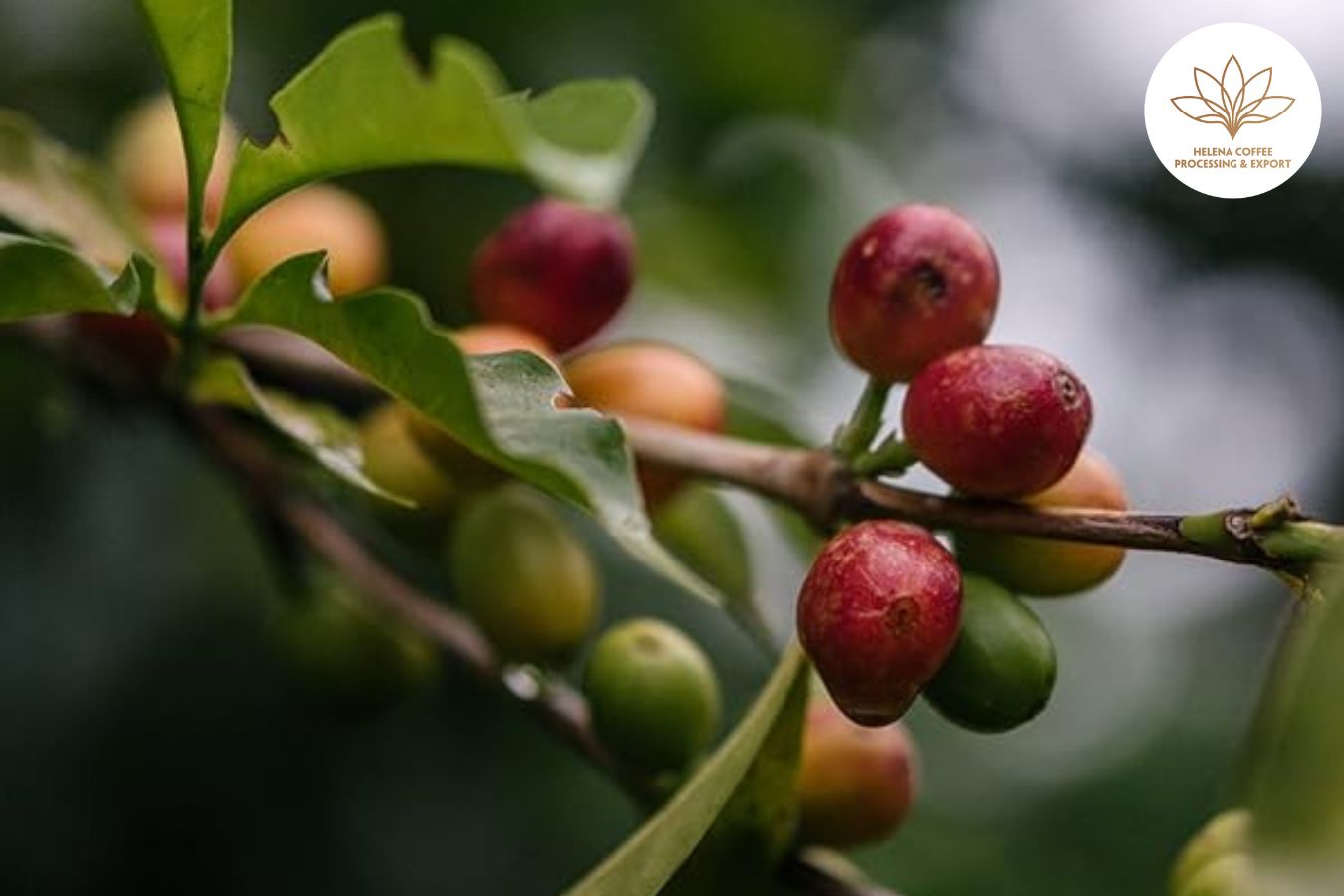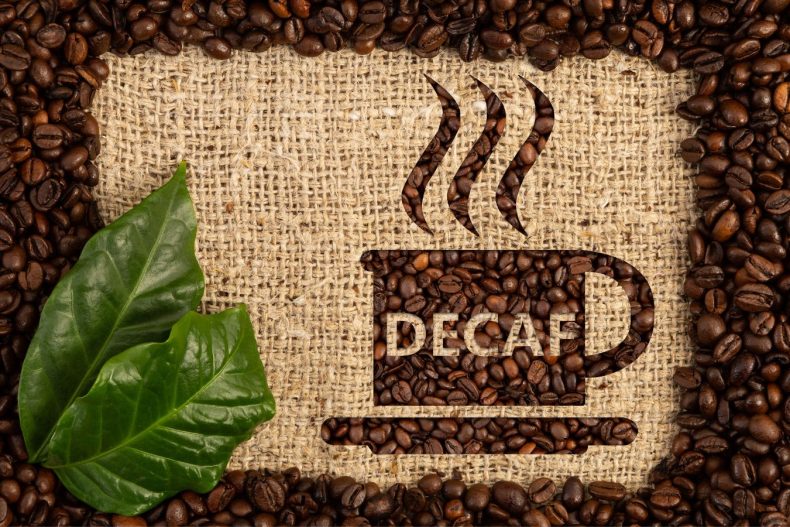
Revenue Down for Decaf Coffee – Is This Just a Temporary Blip?
The phrase ” Death before Decaffeination ” humorously captures the aversion some coffee enthusiasts have toward decaffeinated coffee. However, the decaf coffee market is not a niche market. Projections suggest it will amass a value of $28.86 billion by 2030, a testament to its popularity, especially among health-conscious younger generations looking to cut back on caffeine. .
Still, it’s hard to ignore the recent earnings declines reported by leading decaf coffee producers. This downturn prompted a deeper exploration of current consumption habits for decaf coffee.
To get a closer look at this trend, I reached out to Clara Malmros, who leads business development at Decadent Decaf Coffee Co. Here’s what she had to say about the growing landscape of decaf coffee.
Revealing the mysteries of decaf coffee
The origins of the decaffeination process can be traced back to the early 20th century , pioneered by German merchant Ludwig Roselius . His original method was to soak coffee in salt water before extracting the caffeine with benzene, a technique that was quickly abandoned due to benzene’s carcinogenic properties.
Since that initial innovation, the decaffeination industry has evolved significantly, introducing many food-safe methods for extracting caffeine from green coffee beans. Among these are:
Swiss Water Process: Recognized for its safety and natural approach, this method effectively removes caffeine while preserving the beans’ inherent flavor.
- Mountain Water Process: Similar to the Swiss Water Process, this technique fine-tunes variables such as water flow, temperature, and pressure to extract caffeine.
- Carbon Dioxide Method: This method uses liquid CO2 to steep green coffee, gently separating the caffeine.
- Sugar cane method: Using natural ethyl acetate extract derived from sugar cane, this method provides an organic solution for caffeine extraction.
Despite the advances made in decaffeination technology, decaf coffee has struggled with misconceptions about health impacts as well as concerns about taste and quality. This story is changing, however, thanks in part to a concerted effort by specialty coffee roasters and the industry at large to raise decaffeinated coffee standards. These efforts are reshaping consumer perceptions, highlighting advances in flavor preservation and the overall quality of caffeine-free options.
Demand for decaffeinated coffee has increased notably, especially after the pandemic, as brewing coffee at home became more popular. This shift has made coffee enthusiasts more conscious of their caffeine consumption, with decaf emerging as a sought-after alternative. Evidence of this trend was seen in 2021, when Mintel reported that one in five coffee drinkers in the UK chose decaf, highlighting the growing appeal of the options Caffeine-free for consumers looking to moderate their caffeine intake without sacrificing flavor.
Why is the revenue down for decaf coffee?
While it is true that the global decaf coffee market is expected to expand over the next seven years, recent figures suggest that decaf coffee manufacturers’ sales will decline. However, this downturn is not directly related to reduced consumer demand.
Take Swiss Water, a famous Canadian company, as an example. They faced a 29% revenue decline in the third quarter of 2023, announced on November 8. According to a company statement, this decline was anticipated due to temporary sales volumes reduce. This situation resulted from operational changes, specifically their departure from the Burnaby location before their new production line in Delta was ready. This problem was somewhat alleviated by a surge in customer demand in the first quarter and lower green coffee prices compared to the previous year.
This scenario suggests that the revenue decline may not signal a long-term trend.
Clara commented: ” The recent decline in sales is seen as a temporary setback. We are optimistic about the growth potential of the decaf market considering the growing number of individuals looking to limit their caffeine intake “.
However, she admits that the market still has much room for improvement.
“Based on our latest market research, including taste tests of decaf coffee from major brands, it is clear that quality often falls short of expectations,” she points out.
Clara believes strongly in the need for the coffee industry to prioritize the quality of decaffeinated coffee.
“The coffee industry must redouble its efforts to produce high-quality decaf coffee,” she argues. “This should never be an afterthought. Roasters need to focus on using different types of coffee.” high-quality coffee instead of settling for the cheapest options available.”
Low-caffeine options: a real cure or just hype?
Despite the decline in sales of leading decaf coffee manufacturers , consumer demand for decaf options remains strong. At the same time, the introduction of naturally low-caffeine coffee varieties, such as Laurina and AC1 , gives coffee enthusiasts the opportunity to enjoy premium coffee with reduced caffeine content.
However, these new varieties currently occupy a niche segment, limited by production scalability issues, partly due to their inherently low caffeine content, making it difficult for them to compete. directly to the decaffeinated market.
Clara suggests that the broader coffee industry should wholeheartedly embrace caffeine-free options, moving away from the stigma often attached to decaf coffee toward a more holistic perspective that celebrates enjoyment of coffee, regardless of caffeine content—like the growing acceptance and appreciation of low-caffeine coffee. and non-alcoholic beverages.
She highlights the emergence of high-quality Swiss Water Decaf coffee as an exciting development that has the potential to attract those previously hesitant to try decaf coffee, signaling a potential shift in consumer preferences. Clara is optimistic about the future market viability of both half-caf and naturally low-caffeine coffees, indicating growing interest in diverse coffee experiences on offer for consumers diverse health and lifestyle choices.
FAQs:
